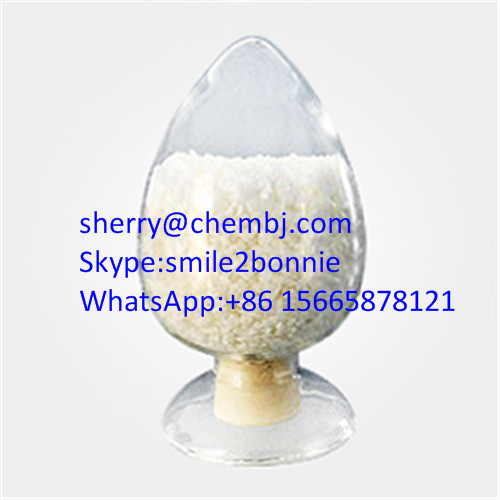| Message: | CAS 104987-11-3 Tacrolimus/sherry@chembj.com
Product Name: Tacrolimus
Synonyms: Tsukubaenolide Hydrate
CAS: 104987-11-3
MF: C44H69NO12
MW: 804.02
Purity: 99%
Grade: Pharmaceutical Grade
Appearance: White To Light Yellow Crystal Powder
Tacrolimus is an immunosuppressive drug used mainly after allogeneic organ transplant to lower the risk of organ rejection. It achieves this by inhibiting the production of interleukin-2, a molecule that promotes the development and proliferation of T cells, which are vital to the body's learned (or adaptive) immune response. Tacrolimus is also used in the treatment of other T cell-mediated diseases such as eczema (for which it is applied to the skin in a medicated ointment), severe refractory uveitis after bone marrow transplants, exacerbations of minimal change disease, Kimura's disease and the skin condition vitiligo.
Immunosuppression Following Transplantation
It has similar immunosuppressive properties to ciclosporin, but is much more potent. Immunosuppression with tacrolimus was associated with a significantly lower rate of acute rejection compared with ciclosporin-based immunosuppression (30.7% vs 46.4%) in one study.[8] Clinical outcome is better with tacrolimus than with ciclosporin during the first year of liver transplantation.[10][11] Long-term outcome has not been improved to the same extent. Tacrolimus is normally prescribed as part of a post-transplant cocktail including steroids, mycophenolate, and IL-2 receptor inhibitors. Dosages are titrated to target blood levels. Typical starting doses for once-daily tacrolimus are 0.15-0.20 mg/kg body weight.
Interactions
Also like ciclosporin, it has a wide range of interactions, including that with grapefruit which increases plasma-tacrolimus concentration. Several of the newer classes of antifungals, especially of the azole class (fluconazole, posaconazole) also increase drug levels by competing for degradative enzymes.
|
 my account
my account
 log out
log out
 my account
my account
 log out
log out
